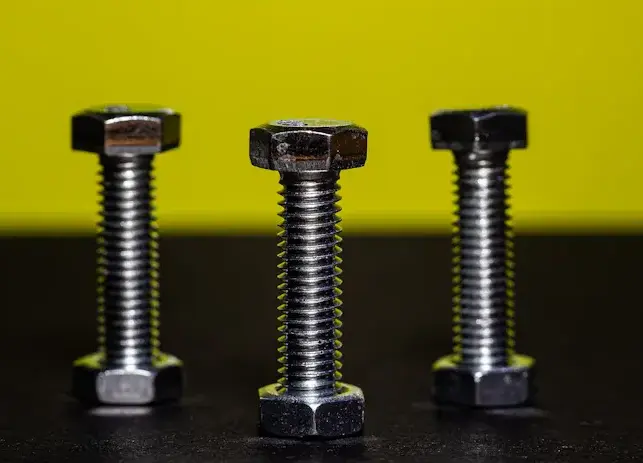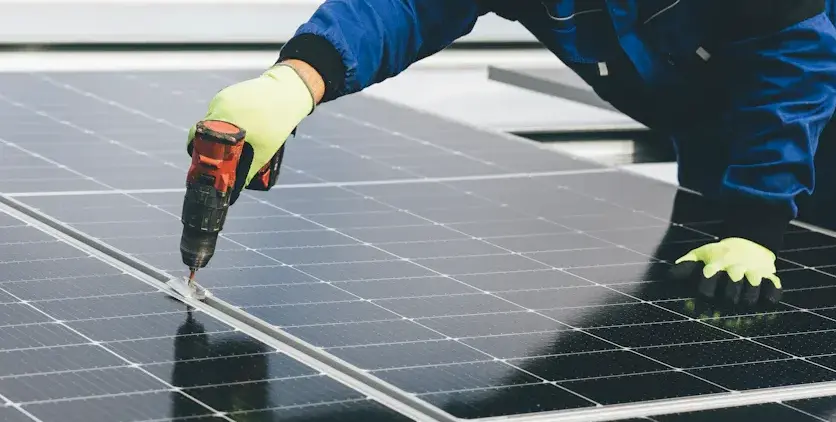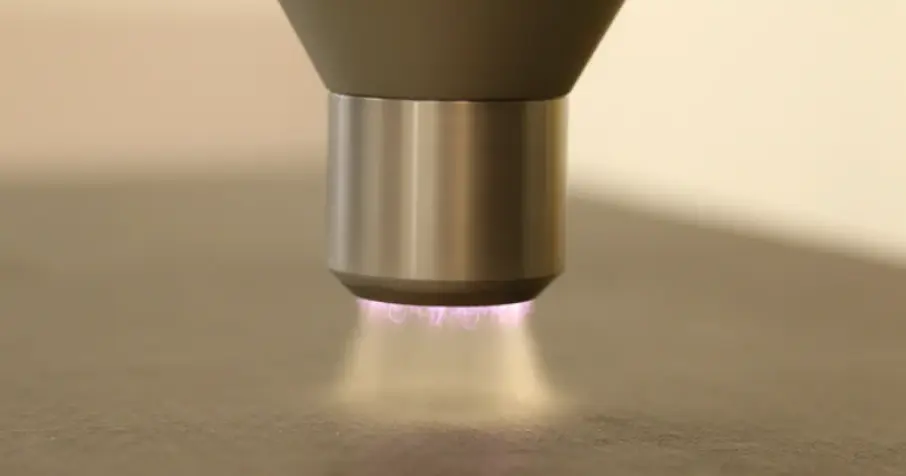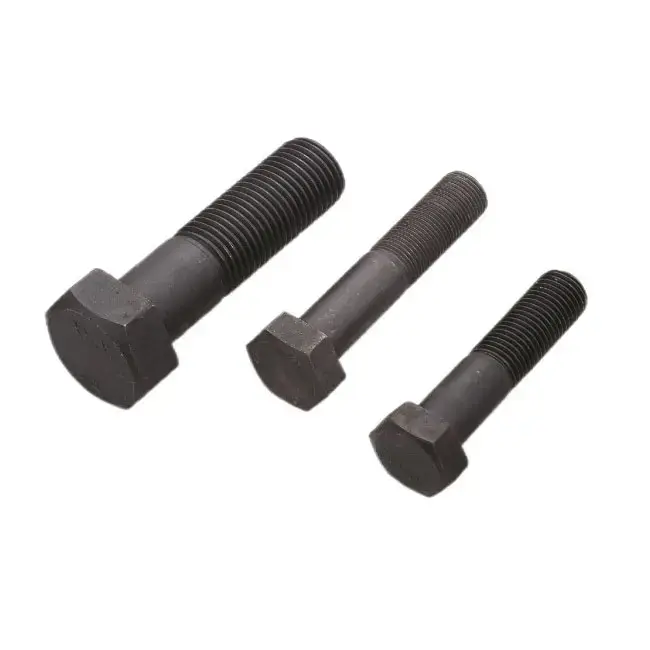Innovative Surface Treatment Technologies for a Sustainable Tomorrow

Surface treatment technologies play a pivotal role in advancing sustainability within industrial sectors. By enhancing Corrosion Resistance and material longevity, these innovations reduce maintenance demands and promote resource conservation. Modern solutions, such as Surface treatment technologies (Dacromet coating), minimize environmental impact through energy-efficient processes and eco-friendly formulations, addressing critical challenges like waste management and carbon emissions.
Key Takeaways
- Using eco-friendly surface treatments helps lower energy use and pollution.
- New methods like Dacromet coatings stop rust and avoid harmful chemicals.
- Adding IoT to these processes tracks progress, saves energy, and boosts efficiency.
Environmental Challenges of Traditional Surface Treatment Methods
High energy consumption and carbon footprint
Traditional surface treatment methods demand significant energy, contributing to high carbon emissions. Manufacturing alone accounts for over 33% of total energy consumption in OECD countries. Processes like electroplating and Heat Treatments are particularly energy-intensive. Studies reveal that energy usage can vary widely, with some experiments recording as low as 0.0169 kWh and others as high as 0.2866 kWh, depending on the treatment conditions. This variability highlights inefficiencies in traditional methods. The International Energy Agency (IEA) has emphasized the urgent need forenergy-efficient solutions in manufacturing to mitigate environmental impacts.
Toxic chemicals and their ecological impact
Historically, traditional surface treatments have relied on hazardous chemicals such as chromium, cadmium, and volatile organic compounds (VOCs). These substances pose significant risks to ecosystems and human health. Regulatory bodies have implemented stringent measures to limit their use, driven by public demand for safer alternatives. Despite these efforts, the ecological damage caused by these chemicals remains a pressing concern. For instance, VOCs in coatings contribute to air pollution, while heavy metals like cadmium and chromium contaminate soil and water. The shift toward sustainable solutions, such as Surface treatment technologies (Dacromet coating), aims to reduce reliance on these harmful substances.
Waste management and disposal issues
Waste generated by traditional surface treatment processes presents another critical challenge. The steelmaking sector produces an average of 995.74 tons of hazardous waste, significantly overshadowing the 50.64 tons generated by the metal surface treatment sector. Key contaminants in wastewater include zinc, iron, and nickel, primarily from electroplating processes. Additionally, copper contamination is prevalent in wastewater from electronic circuit manufacturing. Poor waste management practices exacerbate these issues, leading to environmental degradation. Addressing these challenges requires innovative approaches to recycling and waste reduction, ensuring a more sustainable future for industrial processes.
Breakthroughs in Surface Treatment Technologies
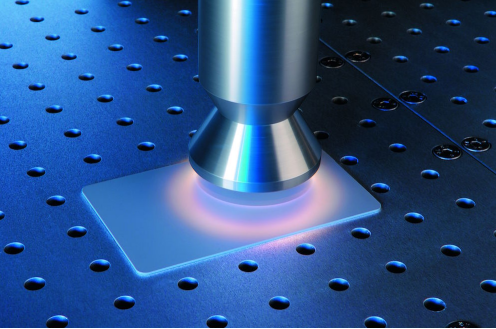
Nanotechnology-based coatings for material efficiency
Nanotechnology has revolutionized surface treatment by enabling the development of advanced coatings that enhance material efficiency. These coatings, characterized by their nanoscale structures, offer superior performance compared to traditional microcoatings. For instance, nanostructured coatings provide enhanced corrosion resistance, improved tribological properties, and multi-functionality, including resistance to temperature fluctuations and wear. This innovation significantly reduces energy and material losses in industrial systems, extending the operational lifetime of components.
| Evidence Description | Efficiency Improvement |
|---|---|
| Enhanced corrosion resistance and tribological performance of nanostructured coatings compared to microcoatings. | Multi-functionality including resistance to corrosion, temperature fluctuations, and wear. |
| Significant reduction in energy and material losses in industrial systems due to improved surface protection. | Increased operational lifetime of components. |
The adoption of nanotechnology-based coatings has also demonstrated remarkable efficiency improvements in specific applications. For example:
- Self-cleaning nano-coatings increased short circuit current by 64.7% compared to uncoated panels.
- Maximum power generation improved by 65.2% for coated panels.
- Peak efficiency values reached 12–13.5% for coated panels, compared to 7–8% for uncoated panels.
These advancements highlight the transformative potential of nanotechnology in surface treatment technologies, paving the way for more sustainable industrial practices.
Plasma and corona treatments as green alternatives
Plasma and corona treatments have emerged as environmentally friendly alternatives to traditional surface treatment methods. These technologies operate without harmful chemicals or high-temperature processes, making them safer for both the environment and workplace. Plasma treatment, for instance, offers a controlled atmosphere for surface modification, allowing precise adjustments to surface chemistry. This capability is crucial for specialized applications that require avoiding harmful components.
The global corona surface treatment market, valued at approximately $250 million in 2022, is projected to grow at a compound annual growth rate (CAGR) of around 5% from 2023 to 2030. This growth reflects the increasing demand for sustainable solutions. Corona treatment enhances surface properties without using toxic chemicals, aligning with eco-friendly manufacturing practices. A notable example involves a packaging company that resolved print adhesion failures by adopting corona treatment technology, improving production outcomes and customer satisfaction.
Plasma treatment further supports sustainability by reducing costs and energy consumption. Its eco-efficient process minimizes environmental impact while delivering high-quality results. These technologies exemplify how surface treatment innovations can align with global sustainability goals.
IoT integration for smarter, energy-efficient processes
The integration of the Internet of Things (IoT) into surface treatment technologies has unlocked new possibilities for smarter and more energy-efficient processes. IoT enables real-time monitoring and data collection, allowing operators to optimize energy usage and improve production efficiency. For example, research shows a strong linear correlation between normalized energy consumption and road roughness, with an average correlation coefficient of 0.88. This data demonstrates how IoT can enhance energy efficiency by providing critical insights into factors affecting energy use.
IoT also facilitates better communication between machines and operators, leading to improved quality control and reduced losses. In industrial applications, this technology fosters innovation and aligns with sustainability principles. The integration of IoT and artificial intelligence (AI) in manufacturing has shown significant potential for enhancing efficiency while minimizing environmental impact. By enabling effective communication and networking, IoT supports smarter operations and ensures that surface treatment processes remain both efficient and sustainable.
Surface treatment technologies (Dacromet coating) can also benefit from IoT integration. By leveraging IoT, industries can monitor the performance of these coatings in real-time, ensuring optimal application and reducing waste. This approach not only enhances the efficiency of surface treatments but also contributes to a more sustainable future.
Surface Treatment Technologies (Dacromet Coating) and Sustainability
Corrosion resistance with reduced environmental impact
Dacromet coating technologies offer exceptional corrosion resistance while adhering to stringent environmental standards. Unlike traditional coatings that rely on hazardous substances like hexavalent chromium, Dacromet coatings are chromium-free and VOC-compliant. This compliance aligns with global regulations, including the EU’s REACH directive and China’s Action Plan for VOC Control. These measures ensure that industries adopting Dacromet coatings significantly reduce their ecological footprint.
A comparative analysis highlights the sustainability benefits of Dacromet coatings:
| Evidence Type | Description |
|---|---|
| Environmental Compliance | Meets strict standards, eliminating hazardous substances like chromium and VOCs. |
| Emission Reduction | Reduces VOC emissions by 35–40% compared to solvent-based zinc coatings in automotive sectors. |
| Longevity in Harsh Conditions | Extends material lifespan up to 15 years in aggressive marine environments. |
The shipbuilding industry in Japan exemplifies the durability of Dacromet coatings. Materials treated with these coatings withstand harsh marine conditions for over a decade, reducing the need for frequent maintenance and replacements. This longevity not only conserves resources but also minimizes waste generation, making Dacromet coatings a sustainable choice for industries worldwide.
Enhancing recyclability of treated materials
Surface treatment technologies (Dacromet coating) enhance the recyclability of materials by avoiding the use of toxic substances that complicate recycling processes. Traditional coatings often introduce heavy metals like cadmium, which contaminate recycling streams and pose significant environmental risks. In contrast, Dacromet coatings simplify material recovery and reuse, supporting circular economy principles.
Key findings from industry studies underline the advantages of Dacromet coatings in recyclability:
- Dacromet 320 L and Geomet L outperform cadmium-based coatings in galvanic corrosion resistance, reducing pitted volume and pit depth.
- Both Dacromet 320 L and Dacromet 500 B comply with VOC regulations and are cost-effective alternatives to cadmium.
- The Bureau of Indian Standards revised its specifications to exclude cadmium and chromium coatings, leading to a 25% increase in Dacromet adoption for steel structures.
By facilitating safer and more efficient recycling, Dacromet coatings contribute to reducing industrial waste and conserving raw materials. This approach aligns with global sustainability goals, encouraging industries to adopt eco-friendly surface treatment technologies.
Lowering energy usage in industrial applications
Dacromet coatings also excel in reducing energy consumption during application processes. Unlike traditional chromium-based coatings that require high curing temperatures, Dacromet coatings achieve full curing at temperatures between 180–220°C. This represents a 20% reduction in energy requirements, making them a more energy-efficient alternative.
Several industries have reported significant energy savings after transitioning to Dacromet coatings:
- Japanese appliance manufacturers achieved 12–15% energy savings in production lines for products like washing machine drums and refrigerator hinges.
- The lower curing temperatures of Dacromet coatings reduce operational costs while maintaining high-quality performance.
These energy-efficient properties make Dacromet coatings an ideal choice for industries seeking to lower their carbon footprint. By adopting these technologies, manufacturers can optimize their processes, reduce energy consumption, and contribute to a more sustainable industrial landscape.
Real-World Success Stories in Sustainable Surface Treatments

Automotive industry adopting plasma treatments for eco-friendly manufacturing
The automotive industry has increasingly embraced plasma treatments to meet sustainability goals. These treatments reduce emissions and material waste, aligning with global regulatory standards. A growing number of buyers prioritize eco-friendly technologies, further driving this shift. Plasma treatments also enhance the mechanical properties of materials, making them more durable and biodegradable. For instance, low-temperature plasma treatment improved the mechanical strength of natural fibers by up to 50%. This advancement supports the production of eco-friendly automotive components.
| Aspect | Evidence |
|---|---|
| Market Shift | There is a notable shift towards sustainable practices in the automotive industry. |
| Preference for Plasma Treatments | Companies are increasingly favoring plasma treatments due to lower emissions and material waste. |
| Regulatory Compliance | The shift aligns with regulatory standards promoting sustainability in production processes. |
| Buyer Focus | A growing segment of buyers is focused on eco-friendly technologies, enhancing the appeal of plasma treatments. |
These innovations demonstrate how plasma treatments contribute to a greener automotive sector while meeting consumer and regulatory demands.
Electronics sector leveraging nanocoatings for durability and efficiency
Nanocoatings have revolutionized the electronics industry by enhancing product durability and efficiency. These coatings improve transfer efficiency and reduce energy losses, making them indispensable for modern electronics. A quantitative study revealed that nanocoating Type D increased transfer efficiency by 22%, surpassing the acceptable threshold of 70%. This improvement ensures better performance and longer lifespans for electronic devices.
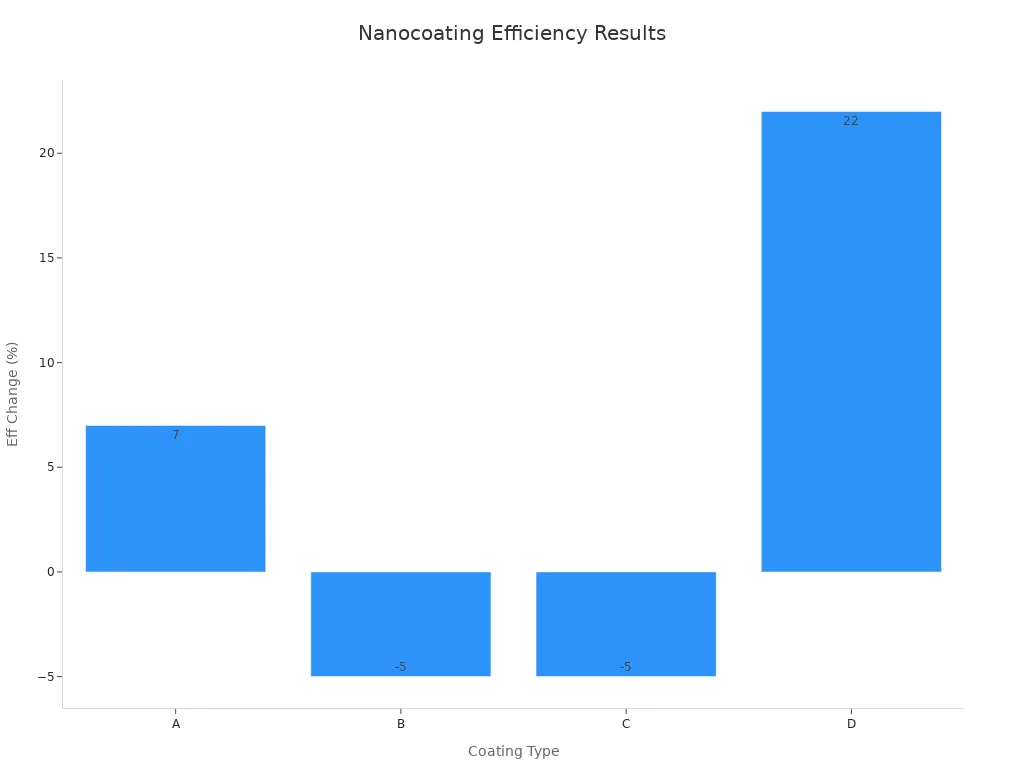
By adopting nanocoatings, the electronics sector not only enhances product quality but also reduces environmental impact through energy-efficient manufacturing processes.
Sustainable practices in metal finishing and recycling
Sustainable practices in metal finishing and recycling have significantly reduced environmental harm. Recycling metals like aluminum and steel conserves resources and minimizes energy consumption. For example:
- Recycling aluminum saves up to 95% of the energy required to produce new aluminum from bauxite ore.
- Recycled steel uses about 86% less water and emits fewer greenhouse gases compared to steel produced from iron ore.
- The U.S. aluminum industry has shown positive environmental trends over the past 25 years.
These practices also reduce the demand for virgin materials, preserving finite resources. By adopting sustainable metal finishing and recycling methods, industries contribute to a circular economy while lowering their carbon footprint.
Innovative surface treatment technologies offer measurable environmental benefits.
- Enhanced Adhesion: Corona treatment improves ink adhesion on sustainable materials, boosting printing efficiency.
- Reduced Ink Usage: This advancement minimizes waste and cuts costs.
- Lower Emissions: Eliminating chemical solvents reduces harmful VOC emissions.
- Circular Economy: These methods enable recycled and biodegradable material use, fostering sustainability.
Industries must embrace these solutions to ensure a greener future.
WEIYE CORP. provides you with various performance processing solutions to meet your various requirements and testing, committed to contributing to environmental protection!
FAQ
What are the key benefits of adopting sustainable surface treatment technologies?
Sustainable surface treatments reduce energy consumption, minimize hazardous waste, and enhance material durability. These benefits align with global environmental goals and improve industrial efficiency.
How does nanotechnology improve surface treatment processes?
Nanotechnology enhances surface properties like corrosion resistance and wear durability. It also reduces material waste, extending the lifespan of treated components while lowering environmental impact.
Are plasma treatments cost-effective for industries?
Yes, plasma treatments lower operational costs by eliminating harmful chemicals and reducing energy usage. They also improve production quality, making them a cost-efficient and eco-friendly choice.
💡 Tip: Industries can combine plasma treatments with IoT for smarter, more efficient operations.


